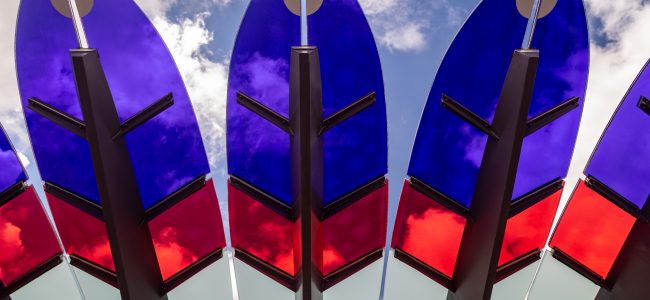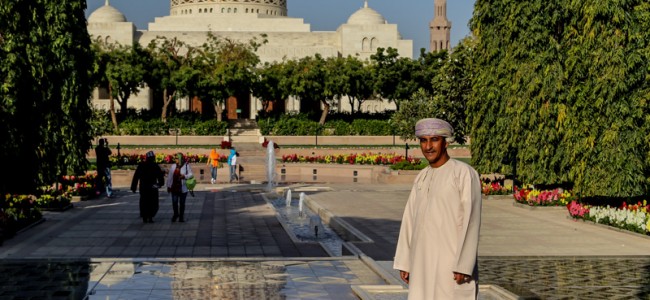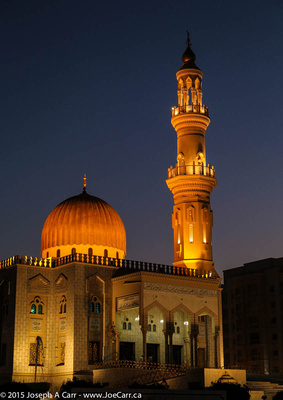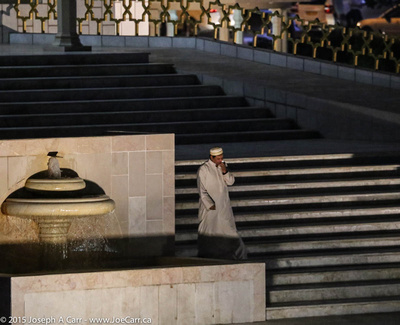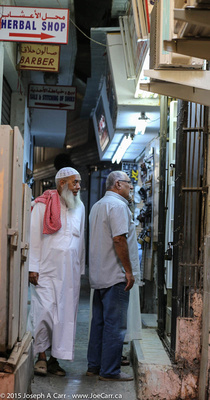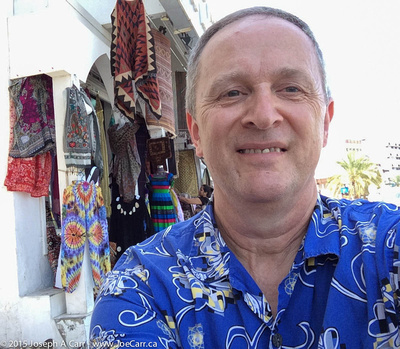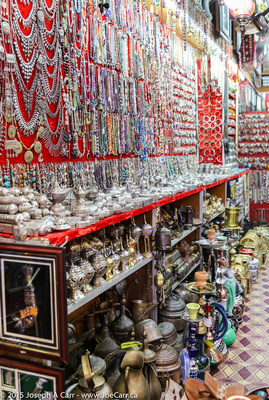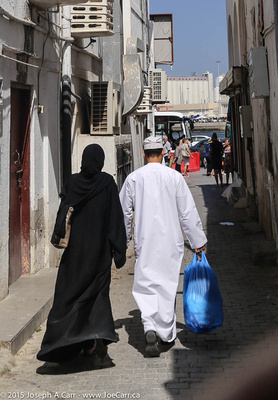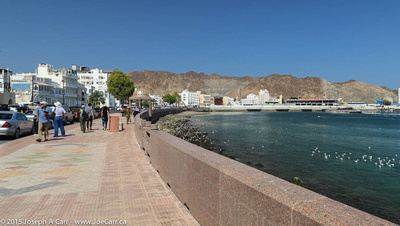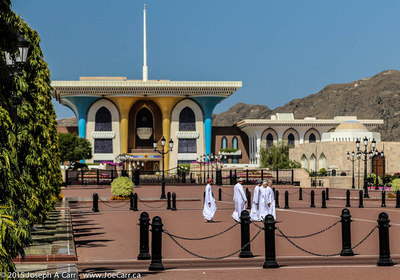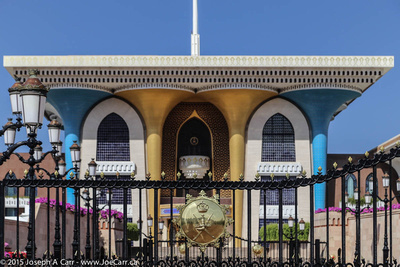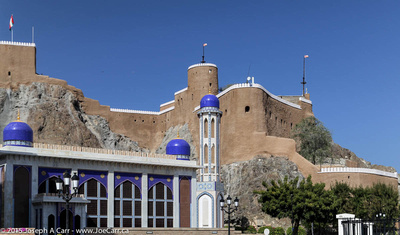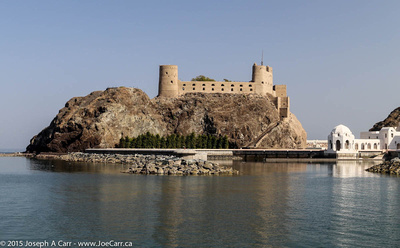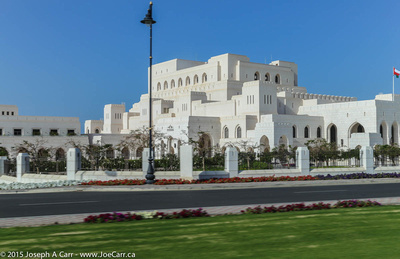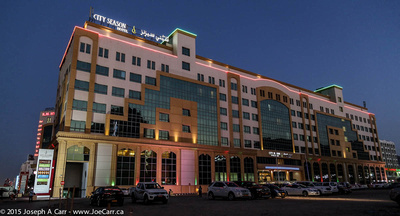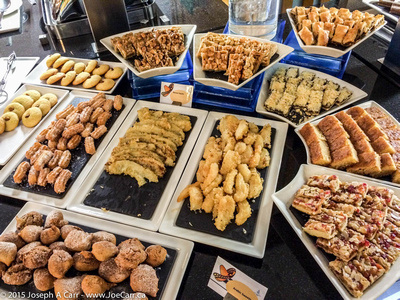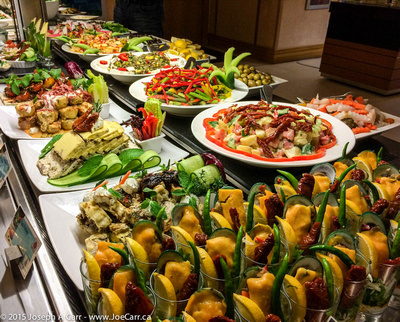July 4, 2018 Wednesday – First Nations in Southern Alberta
Victoria to Calgary road trip 2018
This is the third day of tours after the RASC General Assembly, and this one is a bit more informal. Today we are being driven around in RASC members’ vehicles to two sites where significant events happened involving the First Nations of southern Alberta area. We take tobacco as a gift and to show respect, as we visit these sites today (with prior permission of the Alberta government).
Blackfoot Crossing
Our first stop is to view Crowfoot’s last camp and burial site on Siksika Nation lands. Crowfoot was a Blackfoot Chief who negotiated Treaty 7 with representatives of the British Crown in 1877. Nearby Blackfoot Crossing Historic Park and Museum has lots of interesting artifacts in displays, a cafeteria (not open), informational videos in the theatre, and outside venues including the Chief Crowfoot Tipi Village down by the river.
Majorville Medicine Wheel
It takes us a couple of tries to find this sacred place on a hilltop surrounded by southern Alberta rangeland, but eventually we pick up the directional signs and make our way over remote range roads to the parking area. We learn that Medicine Wheels are places where First Nations gathered to perform fertility and hunting rituals, honour their dead leaders, and present offerings.
This medicine wheel was constructed about 4,500 years ago, starting with the main rock cairn atop the hill, with rocky spokes and other smaller cairns added later. Today, they are protected archaeological sites, with only a few visitors permitted each year. We were some of the lucky ones to see this medicine wheel. I was so happy to fly my Mavic Pro drone overhead to capture the site in high resolution video and photos from a unique perspective.
Reference: Canada’s Stonehenge by Gordon Freeman
Vulcan and Mossleigh
We make a quick stop in Vulcan so we can take some selfie photos in front of the Enterprise star ship the town has built to attract tourists. We make another quick stop in Mossleigh to see three grain elevators up close – two are relics and one is still functional. Our final stop is to have dinner at our guide’s home before returning to our hotel in Calgary – our last night before leaving tomorrow morning.
Back at Hotel Alma at the University of Calgary, I let the front desk know that I will be recharging my Tesla overnight in the lot across the campus. I want a full charge for my departure from Calgary tomorrow, enroute to Revelstoke.
